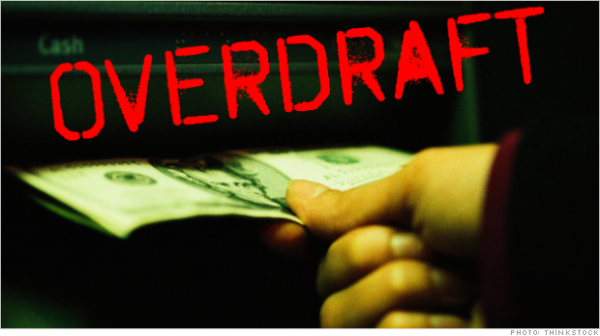CNNmoney.com reports that a man in New York recently transferred $400 in his checking account on a Friday for his wife to use over the weekend to shop. The wife made her purchases and after checking her account on Monday, noticed she was charged a $35 overdraft fee. The $400 transfer hadn’t hit the account yet. The husband was enraged over the charge and thought it was ridiculous for the bank to charge an overdraft fee after the bank transferred the funds immediately.
What was the reason for the overdraft charge?
Every time a consumer uses their debit card to make a purchase, and there are insufficient funds in their account, the banks will allow you to make that purchase through a temporary loan system. But no matter how large or small the transaction, banks usually charge between $25-$35 in overdraft fees for each “insufficient” transaction made. Also, there can be additional charges tacked on if that loan isn’t paid off in an ample amount of time. In some cases, a person could rack up five overdrafts in one day if they don’t take a minute to thoroughly review their bank account statements and check to see how much they actually have to spend.
How to prevent overdrafts
Although you were made aware of your bank’s policies regarding overdrafts when you initially opened the account, time has passed and no one remembers what was said. So to help yourself, first you must make it a daily or weekly task to know exactly what you have in the bank. You can do this by:
1. Checking online
2. Receive balance alerts via email
3. Telephone banking
4. Balancing your check book
Another way and more than likely the best way, is to sign up for an overdraft protection plan. This will allow one account to draft funds from another account (such as your savings) whenever you make a purchase with insufficient funds. This plan can cost you $5-$10 per month, but it will come in handy if you are at risk of becoming hugely over-drafted. The key is to make sure your secondary account has money in it at all times. If not, this account too will be subject to huge overdraft fees.(Source)



